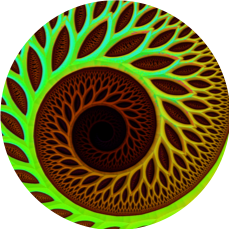Chapter 2: Water and Carbon: The Chemical Basis of Life
- What is matter, and how does it relate to mass?
- What is the fundamental unit of matter?
- How are elements different from compounds?
- What are the Big 4 (CHON) and Little four (P-CaSK)?
- Which 4 elements make up 96% of living matter?
- What is the most abundant element in living matter?
- What are the subatomic particles of an atom? How are they different from each other?
- How much mass of an atom does the nucleus take up?
- Why are trace elements important to life? Why can’t we live without them?
- Know how to calculate the subatomic particles of an atom (proton, neutron, electron) given a periodic table.
- What charges do the subatomic particles have?
- What is an electron cloud and how is it related to electron shells (orbitals)?
- Be able to draw a Bohr model of an atom (with electron shells).
- How many electrons in the first orbital? Second orbital? Third orbital?
- Be able to identify ionic and covalent bonds.
- What is the difference between non-polar and polar covalent bonds?
- Why is carbon so essential for life on Earth?
- What are isotopes?
- How do single, double and triple bonds form?
- Are double bonds covalent or ionic?
- How many electrons in a single bond? Double bond? Triple bond?
- When do chemical reactions occur?
- What is a solvent? How is water a solvent?
- Why is water polar?
- What are the unique properties of water?
- Why is solid water denser than liquid water?
- What is the difference between cohesion and adhesion?
- What makes water both cohesive and adhesive?
- When a spider is walking on water, is that due to cohesion or adhesion?
- Why is cooler at the beach in the summer than further inland? Why is it warmer at the beach in the winter than further inland?
- Why is carbon the most versatile atom? Silicon is more common on Earth than carbon. Why do we think life is carbon-based, not silicon based?
- Explain scientific theories of the origin of life on Earth.
